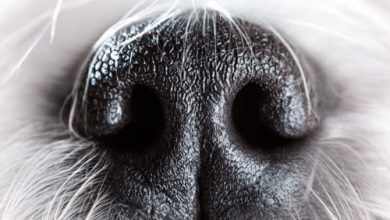Link Between Perceived Odor Characteristics and Aging: Implications for Odor Identification

A recent paper, published in Chemical Senses Journal, sheds light on the relationship between age and odor identification. The study, conducted on a population-based sample of 2,479 adults aged 60 years or above, delved into the factors influencing olfactory perception and identification abilities.
The research focused on analyzing data from both free and cued odor identification tests. Participants were also subjected to assessments of perceived pleasantness, familiarity, intensity, and edibility of various odors.
The findings revealed that while odor identification declines with age, certain perceptual features play a significant role in predicting identification accuracy. Notably, high-intensity odors were found to be easier to identify compared to low-intensity odors. However, they were also more vulnerable to the negative effects of aging, indicating a correlation between sensory decline and age-related impairment in odor identification.
Furthermore, the study highlighted that individuals with higher performance levels demonstrated the ability to discriminate target odors based on their pleasantness and edibility. Interestingly, unpleasant and inedible odors exhibited smaller age-related differences in identification.
These insightful results not only contribute to our understanding of age-related olfactory changes but also offer implications for the development of more efficient odor identification tests. Moreover, they could influence the design of products aimed at older consumers, emphasizing the importance of considering sensory perceptions in product development.
The study’s outcomes guide for further research in the field of olfaction and aging, providing valuable insights that could potentially enhance the quality of life for older individuals.
Join the 8th World Congress of the Digital Olfaction Society this December to know more about the recent advances in olfaction in different fields.




